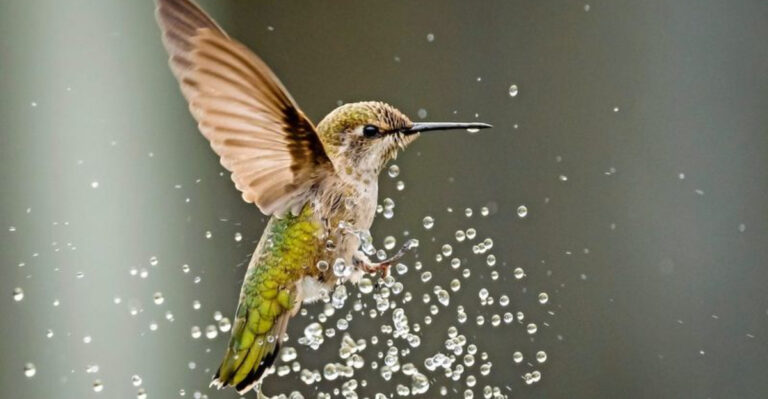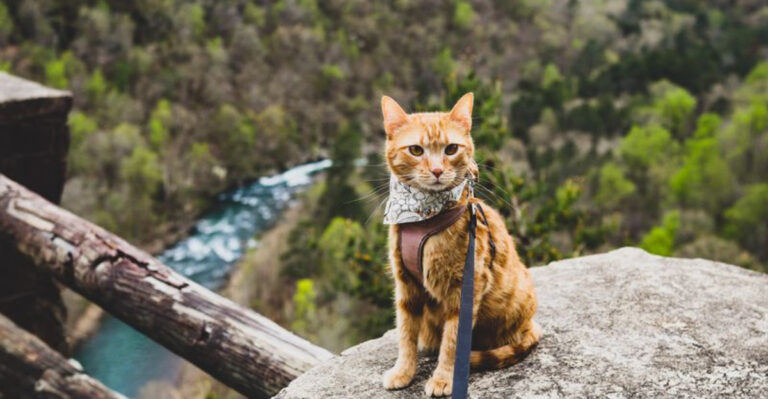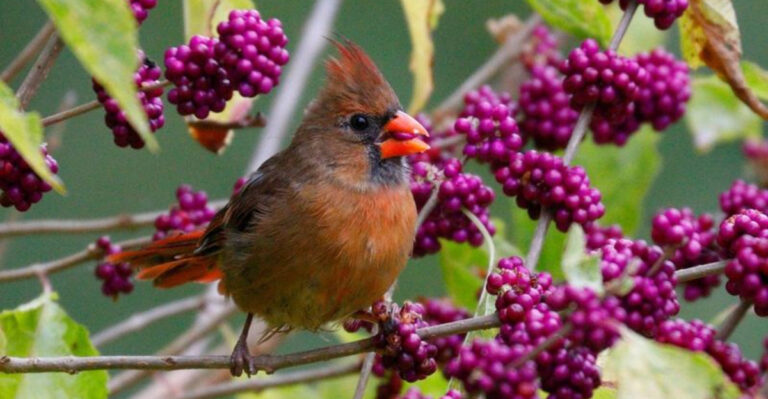7 Largest Mammals On Earth (And 7 Smallest That Will Surprise You)
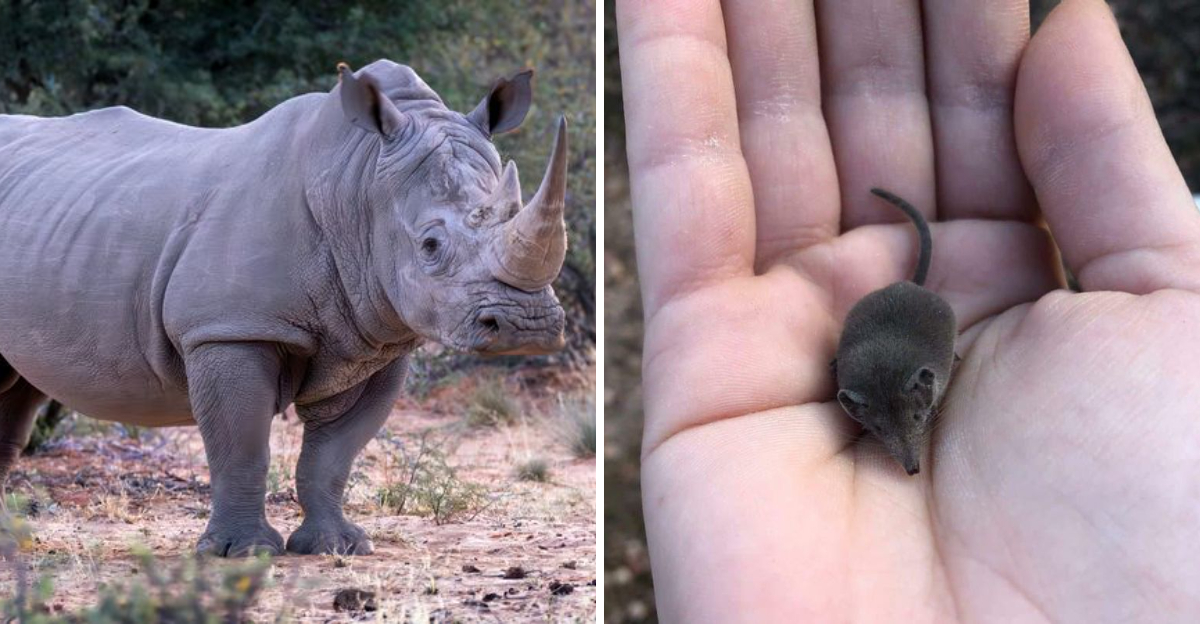
The animal kingdom showcases incredible diversity in size, especially among mammals. From ocean giants that dwarf buildings to tiny creatures smaller than your thumb, these mammals demonstrate nature’s amazing adaptability.
The largest mammals evolved their size for survival advantages, while the smallest developed unique strategies to thrive despite their diminutive proportions. Let’s explore these fascinating size extremes that demonstrate the remarkable range of mammalian evolution.
1. Blue Whale (Largest Mammal)

Imagine a creature so massive that its tongue alone weighs as much as an elephant! The blue whale stretches up to 100 feet long and can weigh 200 tons.
These gentle ocean giants evolved their enormous size to efficiently store energy for long migrations between feeding and breeding grounds. Their specialized filter-feeding system allows them to consume up to 4 tons of krill daily.
2. African Elephant (Largest Land Mammal)
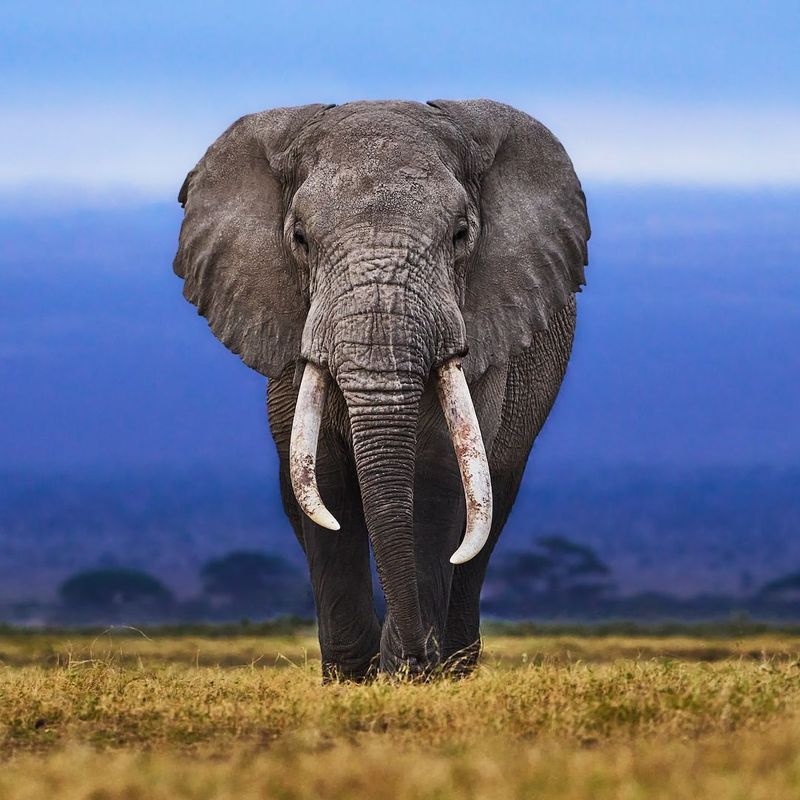
Standing majestically at up to 13 feet tall, African elephants command respect across the savanna. Males can weigh over 14,000 pounds, with ears large enough to regulate their body temperature effectively.
Their impressive size developed as protection against predators and helps them reach high vegetation. Living in matriarchal family groups, these intelligent giants use their size and strength to modify habitats and create water sources.
3. Sperm Whale (Deep-Diving Giant)
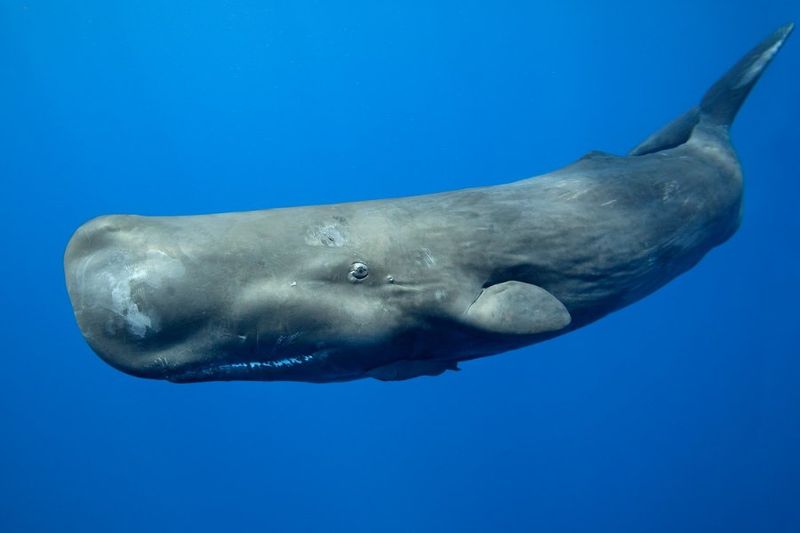
Masters of the deep ocean, sperm whales plunge nearly 10,000 feet below the surface on hunting expeditions. Their massive, square-shaped heads house the largest brain of any animal on Earth.
Weighing up to 45 tons, these magnificent creatures evolved their size to withstand extreme pressure in deep waters. Their specialized physiology allows them to hold their breath for over 90 minutes while hunting giant squid in pitch-black depths.
4. Giraffe (Tallest Land Mammal)
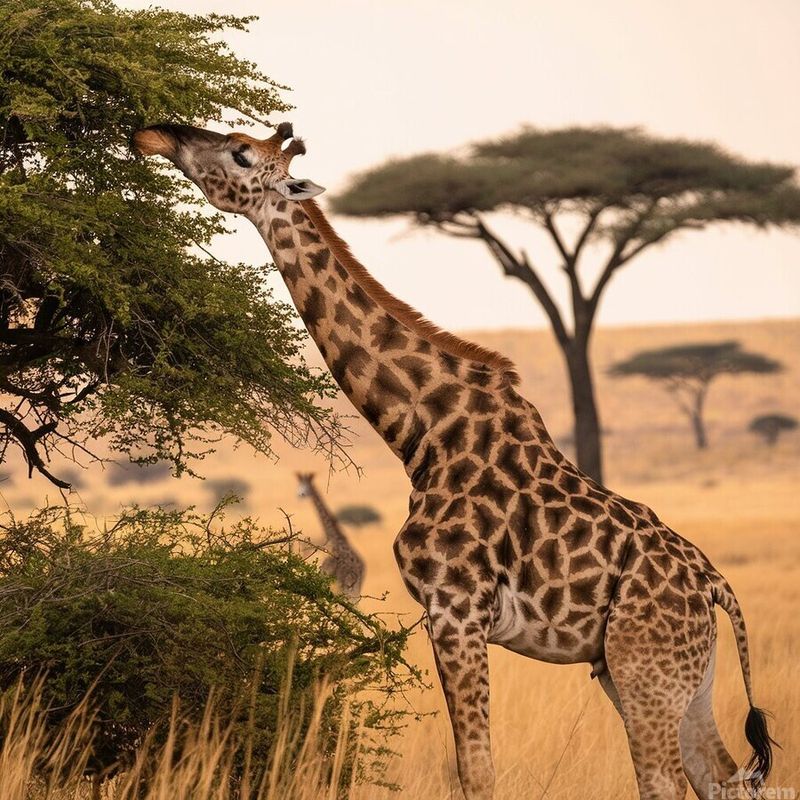
Reaching heights of 18 feet, giraffes stand as living skyscrapers of the African plains. Their extraordinary necks contain the same number of vertebrae as humans—just dramatically elongated!
Evolution crafted these gentle giants to access food sources no other herbivore could reach. Their unique cardiovascular system pumps blood up that incredible neck, while specialized valves prevent blood from rushing to their heads when they bend down to drink.
5. White Rhinoceros (Heavyweight Mammal)
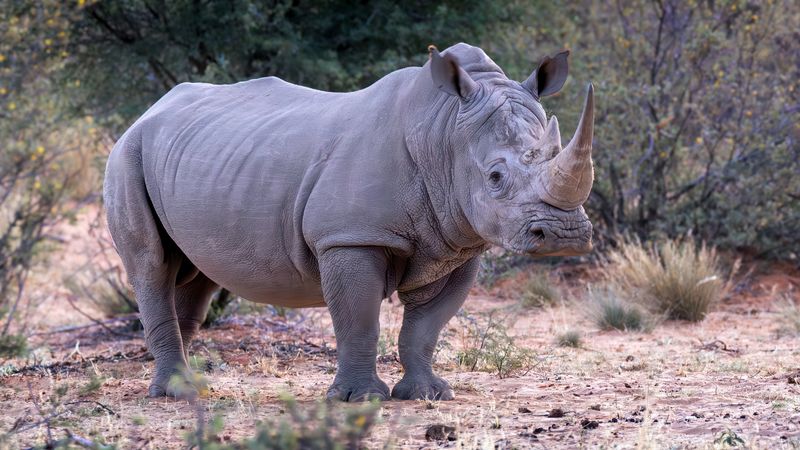
Armed with thick armor-like skin and a formidable horn, white rhinos are walking tanks of the African grasslands. Despite their name, they’re actually gray—the term “white” comes from a misinterpretation of the Dutch word “wijd” meaning “wide.”
Weighing up to 7,700 pounds, these herbivores use their massive size as protection. Their broad, square lips are perfectly designed for grazing grass in the open savanna.
6. Hippopotamus (River Giant)
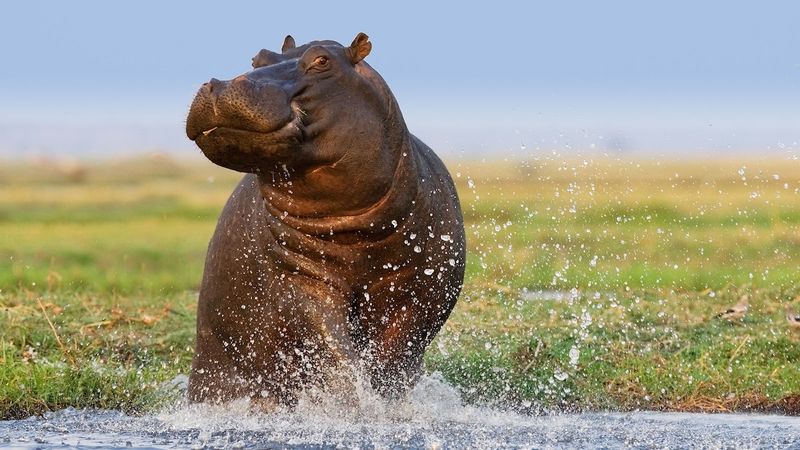
Half-submerged in African rivers, hippos may look lazy, but they’re among the most dangerous mammals. Their massive jaws can open 180 degrees, revealing terrifying tusks capable of snapping a canoe in half!
Weighing up to 9,900 pounds, these semi-aquatic giants spend their days cooling in water and nights grazing. Their territorial nature combined with surprising speed—up to 20 mph—makes them responsible for more human fatalities in Africa than any other large animal.
7. Walrus (Arctic Colossus)
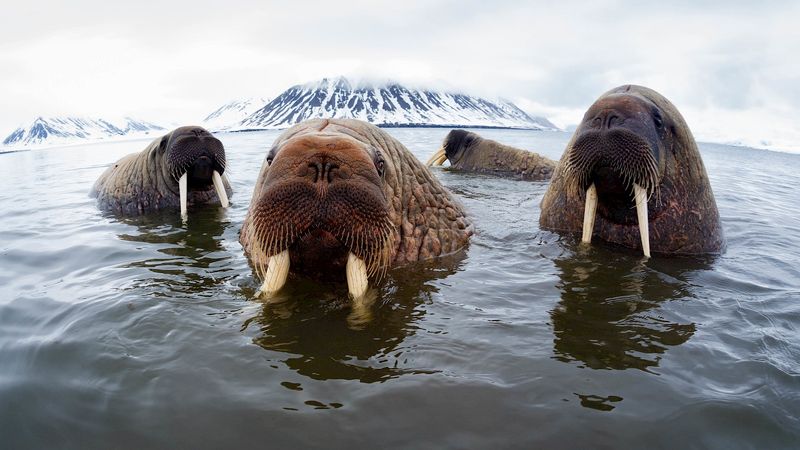
Sporting magnificent tusks and a blubbery body, walruses are the heavyweight champions of the Arctic. Males can weigh over 4,400 pounds—that’s as heavy as a small car! Their thick layer of blubber (up to 6 inches) insulates against freezing temperatures.
Those impressive tusks serve multiple purposes: hauling their massive bodies onto ice, digging for clams, and establishing dominance during mating season.
8. Etruscan Shrew (Smallest Mammal By Mass)
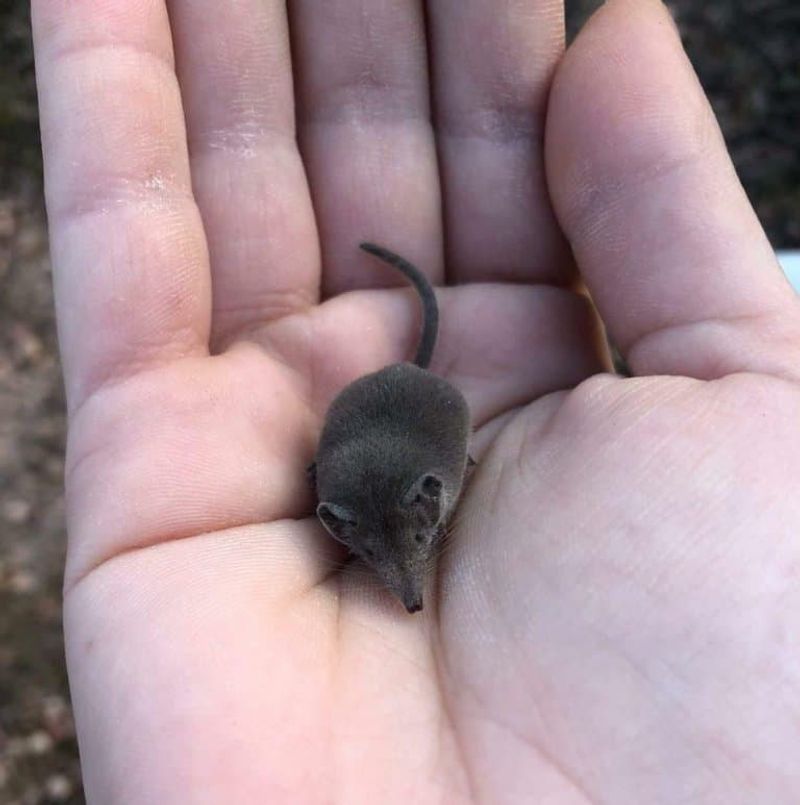
Barely larger than a paperclip, the Etruscan shrew weighs just 2 grams—about the same as a penny! This minuscule marvel must eat twice its body weight daily just to survive. Its heart races at an astonishing 1,500 beats per minute.
Despite its tiny size, this fierce predator hunts insects, small lizards, and even mice, striking with precision and speed that makes it appear to teleport around its territory.
9. Bumblebee Bat (Smallest Mammal By Length)

No bigger than your thumb, the bumblebee bat earns its name honestly—it’s roughly the size of a large bee! At just 1.1 inches long and weighing less than a penny, these flying marvels are barely visible in the night sky.
Native to Thailand and Myanmar, these tiny mammals roost in limestone caves. Their miniature size allows them to pursue equally small insects through dense forest understory where larger bats can’t maneuver.
10. Pygmy Marmoset (World’s Smallest Monkey)
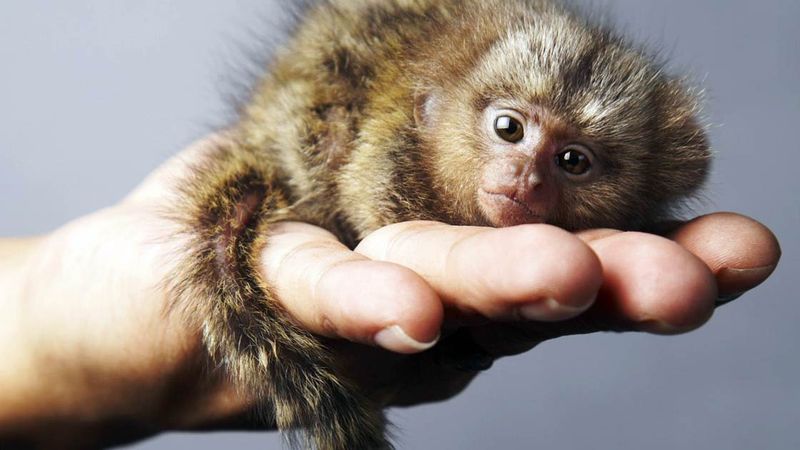
Pocket-sized primates that could fit in your palm, pygmy marmosets weigh just 100 grams—lighter than a smartphone! Their adorable faces feature tufts of white fur that frame curious eyes constantly scanning the rainforest canopy.
These tiny monkeys live in family groups high in Amazon rainforest trees. They communicate through high-pitched whistles and can rotate their heads nearly 180 degrees, allowing them to spot predators while gnawing tree bark for sap—their favorite food.
11. Little Brown Bat (Small But Mighty)
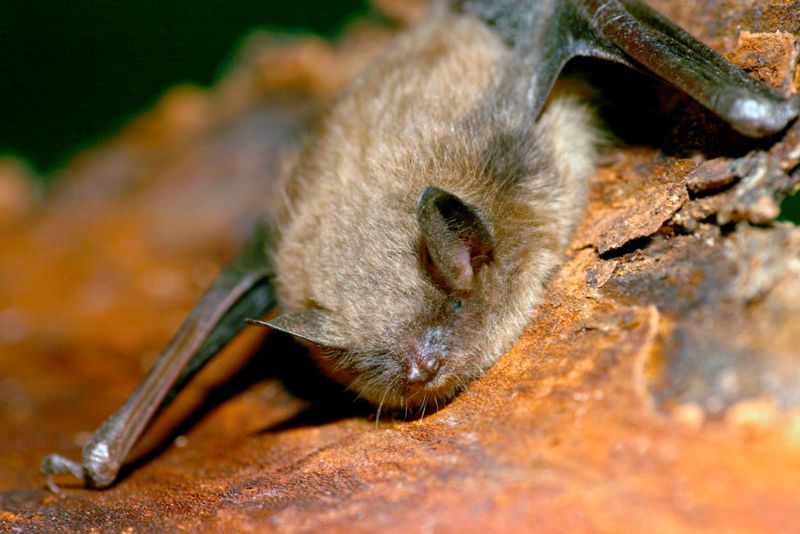
Fluttering through North American nights, little brown bats might seem unremarkable until you learn they devour 1,000 mosquitoes hourly! Weighing just 7-14 grams, they’ve mastered the art of efficient hunting. Their sophisticated echolocation can distinguish objects thinner than a human hair.
Sadly, these ecosystem heroes face catastrophic population declines from white-nose syndrome, a fungal disease that has killed millions, making their conservation critical for both biodiversity and human comfort.
12. The Pygmy Rabbit (Tiny Mammal Of The American West)
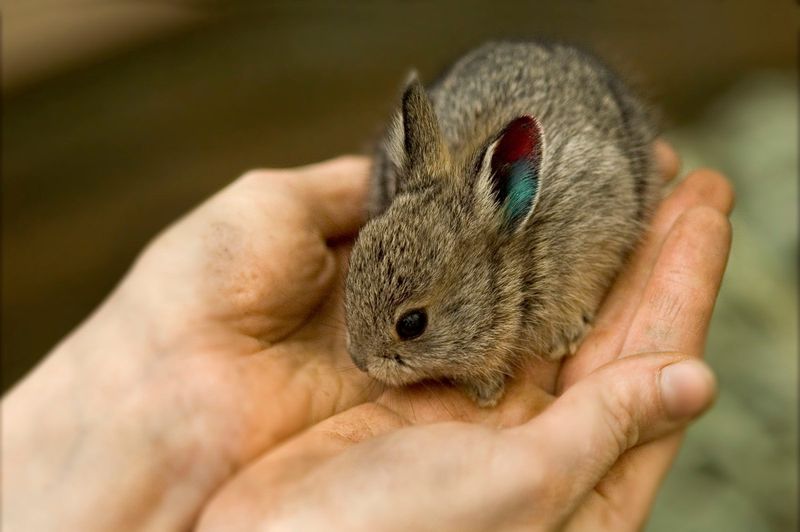
Palm-sized bundles of fur, pygmy rabbits barely reach one pound in weight! Unlike their cousins who dash across open fields, these miniature lagomorphs dig extensive burrow systems in sagebrush habitats.
Their diminutive size helps them hide from predators and conserve energy in harsh western landscapes. As sagebrush specialists, they’re the only rabbits in North America that dig their own burrows, creating multi-chambered underground homes with multiple escape routes.
13. African Pygmy Mouse (Miniature Marvel)
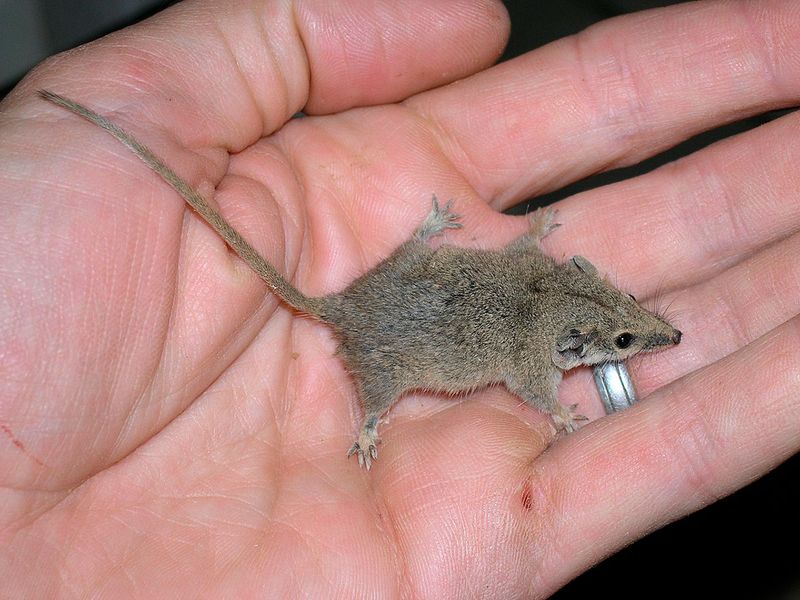
Scampering through African grasslands, these minuscule mice weigh just 3-12 grams—lighter than a sheet of paper! Their bodies have evolved remarkable adaptations to conserve water in arid environments. Despite their tiny size, they build elaborate nests in abandoned termite mounds.
Their metabolism runs at extraordinary speeds, requiring them to eat constantly. When food becomes scarce, they can enter a state of torpor, slowing their bodily functions to survive harsh conditions.
14. Northern Pygmy Owl (Miniature But Fierce)
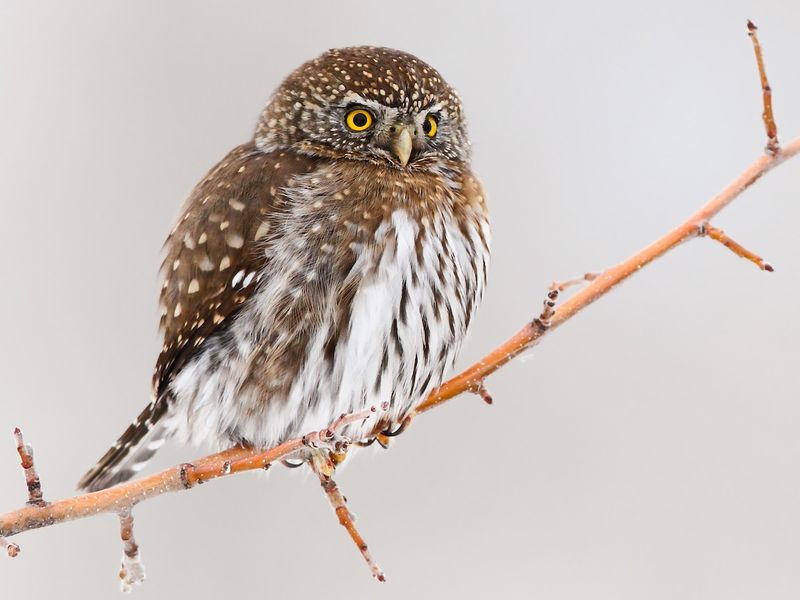
At just 6-7 inches tall, these feathered predators pack surprising power into their tiny frames. False eyespots on the back of their heads confuse potential predators, making them appear to be watching in all directions!
Don’t let their adorable appearance fool you—these miniature hunters can take down prey three times their size. Active during daylight hours when most owls sleep, they use their small size to maneuver through dense forest canopies, surprising songbirds with lightning-quick attacks.

